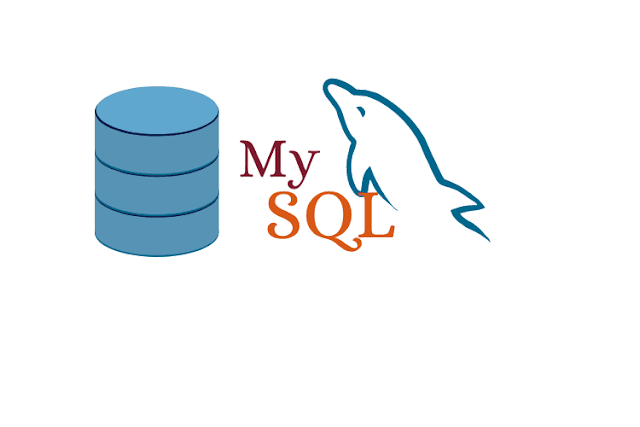Personal finance apps have become increasingly popular in recent years, with more and more people looking to take control of their finances and improve their financial literacy. If you're looking to build a personal finance app in 2023, there are a few key considerations you should keep in mind.
In this article, we'll explore some of the essential steps involved in building a successful personal finance app.
Step 1: Define Your Target Audience
The first step in building any successful app is to define your target audience. When it comes to personal finance apps, your target audience will likely be people who are looking to manage their money better. This might include young adults just starting out in their careers, families looking to save for big purchases or retirement, or individuals who want to better understand their spending habits.
Once you've defined your target audience, it's important to consider their needs and preferences. For example, younger users might prefer a more visually appealing and user-friendly interface, while older users might value simplicity and ease of use over flashy graphics.
Step 2: Identify Key Features
Once you've defined your target audience, the next step is to identify the key features your app will need to provide. Some essential features might include:
- Budgeting tools: Allow users to set and track their monthly budgets and expenses.
- Savings tools: Help users set savings goals and track their progress.
- Investment tools: Provide users with the ability to invest their money in a variety of different assets.
- Bill payment: Allow users to pay bills and manage their accounts in one central location.
- Credit score monitoring: Help users keep track of their credit score and provide tips on how to improve it.
Of course, the specific features you choose will depend on your target audience and the overall goals of your app. It's also important to keep in mind that building too many features at once can be overwhelming for users. Start with a few essential features and add more as your app grows and evolves.
Step 3: Choose Your Technology Stack
Choosing the right technology stack is essential for building a successful app. This involves selecting the programming languages, frameworks, and tools you'll use to develop your app. Some popular technology stacks for mobile app development include:
- React Native: A popular framework for building cross-platform apps that run on both iOS and Android devices.
- Swift: Apple's programming language for building iOS apps.
- Kotlin: Google's programming language for building Android apps.
- When selecting your technology stack, it's important to consider factors like your team's experience, the platform you'll be building for, and the overall goals of your app.
Step 4: Design Your User Interface
Designing a user-friendly interface is crucial for any app, but it's especially important for personal finance apps. Users need to be able to quickly and easily access the information they need, and the app should be visually appealing and easy to navigate.
When designing your app's interface, it's important to keep in mind your target audience and the key features you've identified. For example, if your app is aimed at younger users, you might opt for a more colorful and playful design. If your app is aimed at more mature users, a more streamlined and simple interface might be more appropriate.
Step 5: Develop and Test Your App
With your technology stack chosen and your user interface designed, it's time to start developing your app. This involves coding your app's features and functionality and testing it to ensure it works as intended.
During the development process, it's important to stay focused on your target audience and their needs. Test your app with real users and gather feedback to identify areas for improvement. This feedback can help you refine your app's features and design and create a more successful final product.
Step 6: Launch and Market Your App
Once your app is developed and tested, it's time to launch it to the world. This involves submitting your app to the relevant app stores (such as Apple's App Store and Google Play) and making it available for download.
However, simply launching your app is not enough to ensure its success. You'll also need to market it effectively to reach your target audience and generate downloads. Some key strategies for marketing your app might include:
- Social media marketing: Use social media platforms like Facebook, Instagram, and Twitter to promote your app and engage with your audience.
- Influencer marketing: Partner with influencers in your niche to promote your app to their followers.
- App store optimization (ASO): Optimize your app store listing with relevant keywords, compelling descriptions, and eye-catching graphics to improve your app's visibility in search results.
- Paid advertising: Consider using paid advertising channels like Google Ads or Facebook Ads to reach your target audience and drive downloads.
Step 7: Monitor and Improve Your App
Launching your app is just the beginning. To ensure its ongoing success, it's important to monitor your app's performance and make improvements as needed.
This might involve gathering feedback from users, tracking key performance indicators (KPIs) like downloads and retention rates, and conducting regular usability testing to identify areas for improvement.
It's also important to stay up-to-date with industry trends and best practices to ensure your app remains relevant and competitive in the fast-paced world of mobile app development.
Conclusion
Building a successful personal finance app requires careful planning, thoughtful design, and a deep understanding of your target audience. By following the steps outlined above, you can create an app that helps users manage their finances effectively and achieve their financial goals. Whether you're a seasoned app developer or just starting out, building a personal finance app in 2023 is an exciting opportunity to make a positive impact on people's lives and help them take control of their financial futures.






0 Comments
If you have any doubts please let me know.